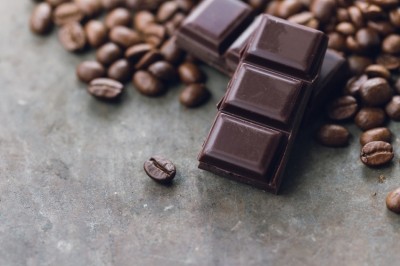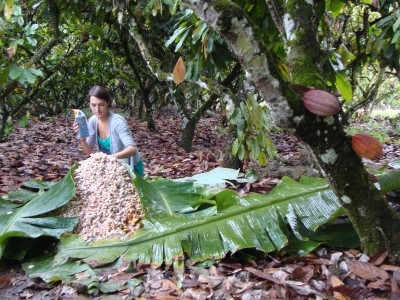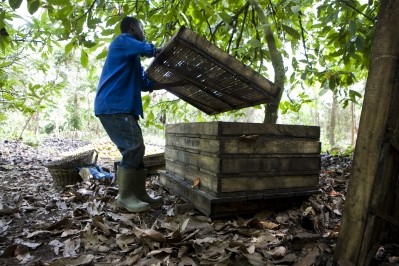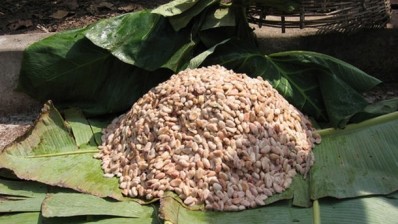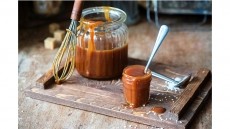Cocoa fermentation with beer yeasts up chocolate quality, say researchers
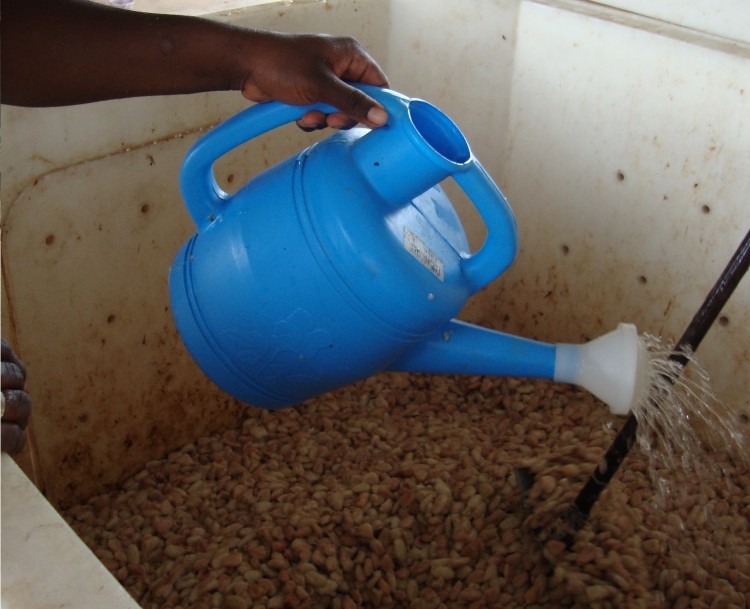
Barry Callebaut already has plans for a commercial range of tailor-made chocolates, using novel yeasts discovered in the research.
The University of Leuven and the Flanders Institute for Biotechnology (VIB) – working in collaboration with Barry Callebaut – published a study online ahead of print in the journal Applied and Environmental Microbiology that found yeasts, particularly in the alcoholic beverage industry, could benefit chocolatiers.
The new technique encourages farmers to place their produce in large wooden boxes and mix in yeast starter cultures before leaving the mix overnight.
Traditionally, cocoa is fermented naturally by heaping beans into a pile, covering them with banana leaves and leaving them to rest for seven days to develop flavor.
Specialty chocolates for desired flavors
Kevin Verstrepen, PhD, professor of genetics and genomics, the University of Leuven, and the Flanders Institute for Biotechnology (VIB), Belgium, said chemical analyses of chocolate produced with yeasts showed led to a better quality and more consistent product compared to one produce through natural fermentation.
“Moreover, different yeasts yielded different chocolate flavors, indicating that it would be possible to create a whole range of specialty chocolates to match everyone’s favorite flavor,” he said.
The researchers found varying microbes at different cocoa farms led to variations in flavor and quality of the finished chocolate.
Finding the ideal strains
Verstrepen said: “Some microbes produce bad aromas that enter into the beans, giving rise to chocolate with a foul taste, while others do not fully consume the pulp, making the resulting beans difficult to process.”
He said the better microbes could be added immediately at the onset of fermentation to allow them to outcompete less desirable stains for higher quality chocolate.
The researchers have characterized around 1,000 strains and found the most successful microbes were those that could withstand high temperatures encountered during cocoa fermentation—45°-50°C.
The team crossed the best strains to produce hybrids for an even more consistent chocolate flavor.
“The rationale behind this approach is identical to breeding strategies in agriculture: crossing optimal strains can generate superior offspring,” said coauthor Jan Steensels, group leader for industrial research, and Ph.D. student at the Flanders Institute for Biotechnology.
Source:
Applied and Environmental Microbiology, online ahead of print
doi:10.1128/AEM.00133-15
‘Application of a breeding strategy to generate robust yeast starter cultures for cocoa pulp fermentations’
Authors: Esther Meersman, Jan Steensels, Tinneke Paulus, Nore Struyf, Veerle Saels, Melissa Mathawan, Leen Allegaert, Gino Vrancken and Kevin J. Verstrepen
